
Procurement Process Flow (+ Chart): Steps & benefits
Learn key parts of the procurement process, from need identification to payment.
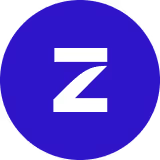
“You have to spend money to make money” they say, and it’s true—every company needs to make purchases in order to grow their business. A proper procurement process is the key to spending smarter to grow more efficiently.
What is the procurement process? Quite simply, the procurement process is a structured multi-stage workflow organizations can follow to optimize the acquisition of goods and services from external sources to meet their strategic goals.
The full process includes many points along the path, from initially identifying needs, selecting suppliers, to creating purchase requisitions and orders, all the way to the final payment and record keeping. It sounds like a lot, but in reality, when you’re following a proper procurement process flow chart—and have an advanced procurement orchestration platform like Zip guiding your way—the whole process can be extremely straightforward and streamlined.
Let’s take a look at what a procurement process flow chart looks like, and how to create one for yourself.
What is a procurement process flow chart?
A procurement process flow chart is a graphical representation that maps out each step of the procurement cycle, from start to finish. Its primary purpose is to provide visual clarity and streamline the steps involved in procurement, making it easier for team members to follow and understand.
This chart is particularly useful for identifying discrepancies, ensuring compliance with internal forms and policies, and maintaining a streamlined process throughout.
Key elements typically included in a procurement process flow chart are:
- Decision points: These are important junctures where decisions must be made before moving to the next stage of the process. Decision points help ensure that each step is approved and compliant with company policies and external regulations.
- Actions: Detailed actions required at each stage of the procurement cycle, such as submitting quote requests, generating purchase requisition forms, and issuing purchase orders.
- Approvals: Departmental approvals from decision-makers within the finance department or procurement team that are necessary to progress from one stage to another.
- Inputs and Outputs: Each step’s inputs, like procurement software data or spreadsheet entries, and outputs, such as approved purchase orders or processed payments.
With these elements in place, the flow chart not only aids in managing the procurement cycle more efficiently but also enhances visibility and accountability among stakeholders.

How to create a procurement process flow chart
Creating an effective procurement process flow chart requires thorough planning and a clear understanding of each stage in the procurement cycle. Here are a few tips to guide you:
Planning: Start by mapping out every step of the procurement process, from the initial need identification to the final record-keeping. This preliminary stage helps in understanding the flow of tasks and the dependencies involved. Ensure every key component of the procurement process is accounted for, including the initial purchase requisition to the final payment process.
Chart tips
- Simplicity and clarity: Keep the chart simple and clear. Use straightforward language and avoid complex process diagrams that could confuse stakeholders.
- Inclusion of necessary steps: Include all essential steps in your diagram, from the procurement software entry point to the final auditing purposes. This ensures every part of the process is visible and accountable.
- Use of templates: Utilize templates and tools that support creating flow diagrams. Many cloud-based platforms offer customizable templates that can be tailored to fit specific organizational needs, providing easy access and collaboration across different departments.
- Regular updates: As the procurement process evolves, so should your flow chart. This dynamic tool should adapt to reflect any changes in the procurement cycle, ensuring it always facilitates a speed of service and efficiency.
If you follow these guidelines, you can create a procurement process flow chart that not only meets the needs of your organization but also enhances its procurement operations, leading to improved profitability and efficiency.
What are the top steps of the procurement process?
It’s important to understand the top steps of the procurement process to ensure that each purchase you make for your company delivers the best possible value and meets broader organizational needs efficiently. This clarity helps stakeholders manage each stage effectively, from initial request to final audit. Here’s a breakdown of the key steps in the procurement process:
1. Identifying needs: The process begins with the identification of the requirement for goods or services. This step determines what to purchase, the quantity needed, and the timeline for delivery, ensuring that purchases align with organizational goals.
2. Supplier research and selection: Next, potential suppliers are researched and evaluated to find the best match based on criteria such as price, quality, reliability, and service. Choosing the right supplier is the pivotal step to building a successful, long-term procurement relationship.
3. Purchase requisition: Here, you’ll submit a formal request for the purchase of goods or services. Internal forms, often known as purchase requisition forms, are used to specify the requirements and initiate the procurement cycle.
4. Requisition review: The procurement department reviews each requisition to ensure accuracy and compliance with organizational policies. This review serves as a checkpoint to prevent discrepancies and ensure that all requests are justified and documented.
5. Approvals and Purchase Order (PO) creation: Once the requisition is approved, a purchase order (PO) is created and issued to the selected supplier. This legal document formally communicates the order and terms of purchase to the supplier.
6. Order management: Managing the order involves monitoring the supplier’s performance regarding delivery timelines and quality of goods or services received. This kind of detailed management helps to maintain strong supplier relationships and ensure product quality.
Zip offers an intelligent vendor management platform that can help maintain your vendor record, making order management and maintaining vendor relationships a breeze.
7. Invoice processing and payment: After receiving the goods or services, the next step is to process the supplier's invoice and execute payment according to agreed terms. Efficient payment processes are vital for maintaining good supplier relations and ensuring financial accuracy.
8. Record keeping: Finally, maintaining comprehensive records of all procurement activities is essential for future reference, auditing purposes, and compliance. Zip helps you keep track of all transactions, agreements, and communications throughout the procurement process.
Procurement vs Purchasing
While often used interchangeably, procurement and purchasing are distinct concepts with different scopes.
Procurement refers to the overall strategy and process of acquiring goods and services that are essential for an organization’s operations. It includes everything from identifying needs, selecting suppliers, negotiating contracts, and managing purchases. Procurement focuses on the strategic planning and decision-making that go into obtaining goods and services efficiently and effectively.
On the other hand, purchasing is simply the transactional phase of procurement. It involves the actual buying of goods and services once all approvals have been obtained and contracts finalized. Purchasing is the execution component of procurement, which deals with placing orders, receiving goods, and making payments.
The 3 P’s of Procurement:
In procurement, three elements—People, Process, and Paperwork—play massively impactful roles in the smooth functioning of activities across the purchasing process. Let’s take a quick look at each of these three elements.
People
The success of procurement largely depends on the people involved, from the team members who handle daily operations to the decision-makers who strategize purchases. Effective procurement requires collaboration, skilled negotiation, and strategic thinking, all managed from a single intelligent source of truth.
Process
By process, we mean a structured series of actions established to guide the procurement activities. A well-defined process ensures consistency, transparency, and efficiency in how procurement is carried out, helping to streamline operations and reduce costs.
Paperwork
Documentation underpins every stage of the procurement process. Accurate paperwork, from purchase orders and contracts to receipts and audit trails, is essential for legal compliance, financial management, and historical record-keeping. Intelligent tools like ZipAI can automate routine tasks and offer process guidance and suggestions as you work through documents, and help save time and money.
These three P’s collectively ensure that the procurement operations are robust, compliant, and efficient, capable of supporting an organization’s strategic objectives and operational requirements.
Benefits of an optimized procurement process flow
An optimized procurement process flow is required for any organization aiming to enhance efficiency and operational control. Here are the benefits of implementing a clear and transparent procurement process flow:
- Improved visibility: Utilizing a flow chart in the procurement process provides clear visibility into each stage of procurement, from initial requisition to final payment. This transparency helps identify bottlenecks and inefficiencies, allowing for timely adjustments and smoother workflow. By having a visual representation, stakeholders can monitor progress and ensure that each step is executed according to plan.
- Standardization: Flow charts help standardize procurement processes across different departments. This standardization leads to more consistent operations and helps minimize errors by ensuring all team members follow the same steps and guidelines. It promotes uniformity in handling procurement tasks, which you’ll need for maintaining quality and compliance across the organization.
- Communication and training: Flow charts are excellent tools for training new team members and communicating the procurement process across the organization. They provide a clear, understandable guide that helps new hires grasp the procurement process quickly and efficiently.
Additionally, these visual aids can serve as handy reference materials during staff training sessions, ensuring everyone understands their roles and responsibilities within the procurement cycle.
Top procurement process challenges
Despite the advantages of an optimized procurement process, organizations often face several challenges that can impede efficiency and effectiveness:
- Complex approval workflows: Multi-tiered approval processes can create delays in the procurement cycle, slowing down operations and leading to missed opportunities. Simplifying these workflows without compromising control and compliance is a significant challenge for many businesses.
- Supplier selection and management: Finding and vetting reliable suppliers can be a challenge. Ensuring that suppliers meet organizational standards for quality, reliability, and compliance demands continuous effort and resources, which can be taxing and complicated.
For more information about advanced sourcing strategies you and your teams can utilize today, check out ‘Sourcing Strategies Beyond the RFP,’ the free guide from Zip!
- Managing procurement data: The sheer volume of data involved in procurement processes can be overwhelming. Maintaining accurate, up-to-date, and accessible procurement records is essential for operational efficiency but often difficult to achieve due to the complexities of data management and storage.
- Ensuring compliance and mitigating risk: As any compliance officer will tell you, you will always need to keep internal policies and external regulations in mind. Organizations must constantly monitor their compliance processes to mitigate risks associated with non-compliance, which can result in legal penalties and reputation damage.
- Dealing with maverick spending: Unauthorized or off-contract spending can undermine planned procurement strategies and affect the financial bottom line. Controlling such spending requires robust oversight and firm enforcement of procurement policies.
- Adapting to changing market conditions: The procurement landscape is dynamic, and strategies must evolve to align with changing market conditions. The secret is ‘adaptability’ in order to maintain competitiveness and meet new challenges effectively.
- Technology integration and digitization: Integrating new technologies into existing procurement processes can be challenging but is essential for enhancing efficiency and capabilities. Overcoming these obstacles often requires substantial investment in training and systems upgrade.
Automate the procurement process with Zip
While the procurement process involves intricate steps and faces numerous challenges, leveraging technology can significantly enhance its efficiency.
Zip for procurement offers cutting-edge Intake and Procure-to-Pay solutions that integrate seamlessly into existing workflows, streamlining operations every step of the way.
Integrating technology in procurement
Zip’s intelligent procurement orchestration platform automates and simplifies procurement tasks across all workflows. Automation helps to reduce manual errors, speeds up operations, and ensures compliance across all procurement stages.
Specifically, Zip’s platform facilitates quicker supplier evaluations, automates approval workflows, and makes sure that all procurement activities align with organizational policies and goals. This comprehensive support not only saves time but also optimizes resource use, making procurement a strategic advantage as you grow your business.
To find out how Zip can accelerate workflows across your entire organization, we invite you to request a demo today. Discover what an intelligent procurement orchestration platform like Zip can do for you.

Maximize the ROI of your business spend

Enter your business email to keep reading


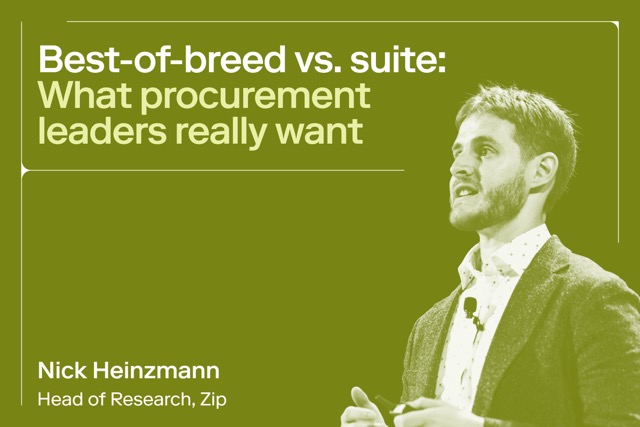


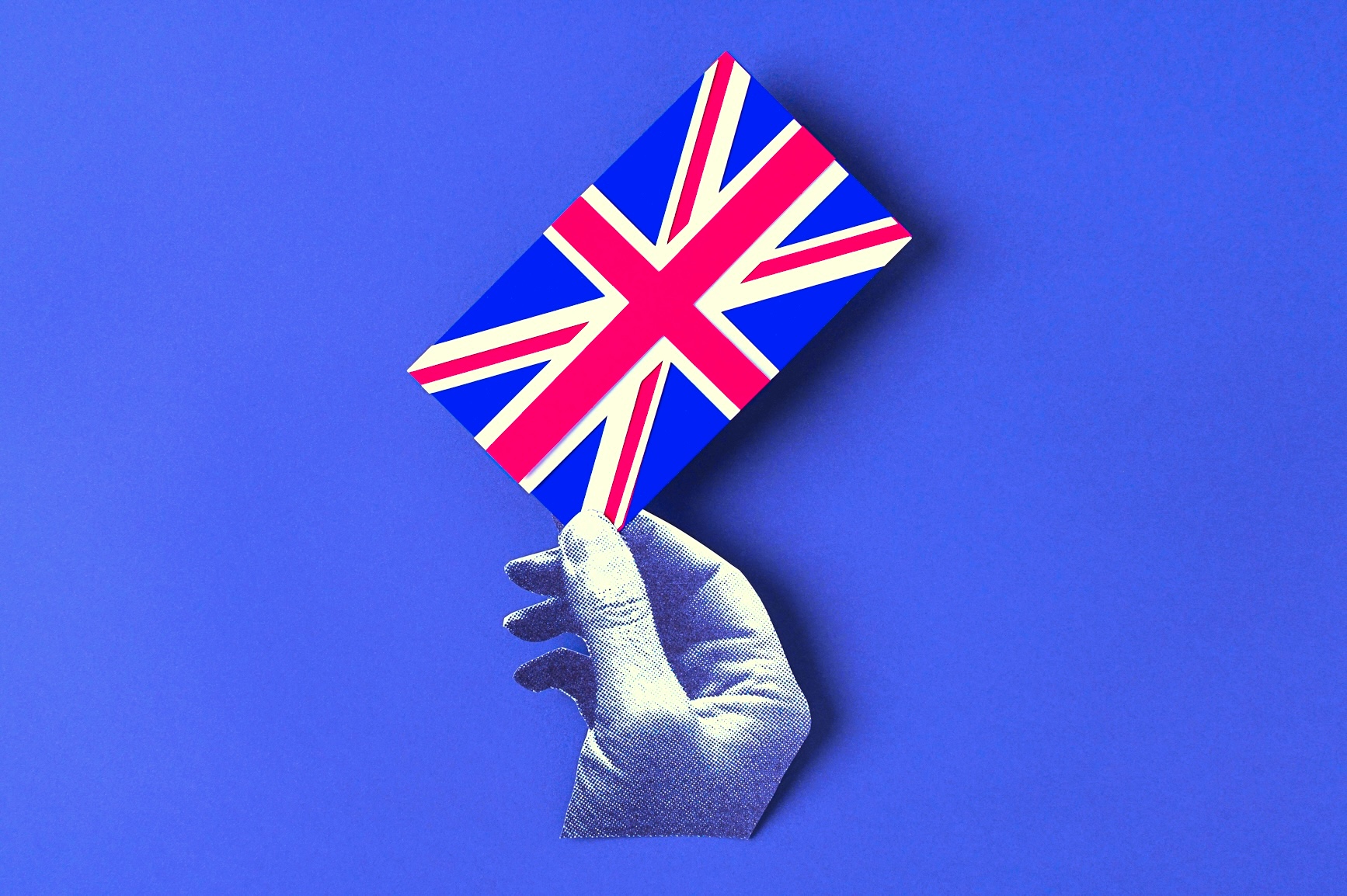

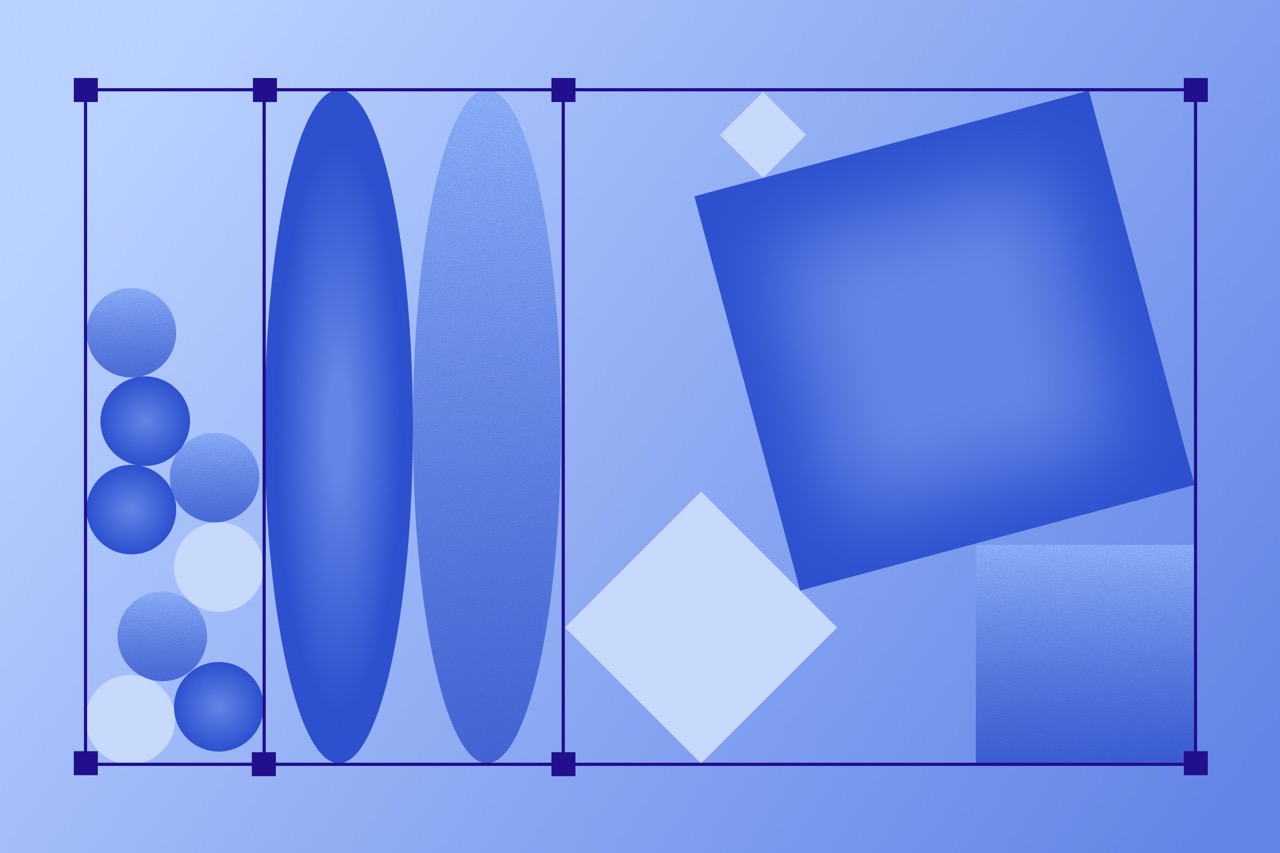



















.webp)









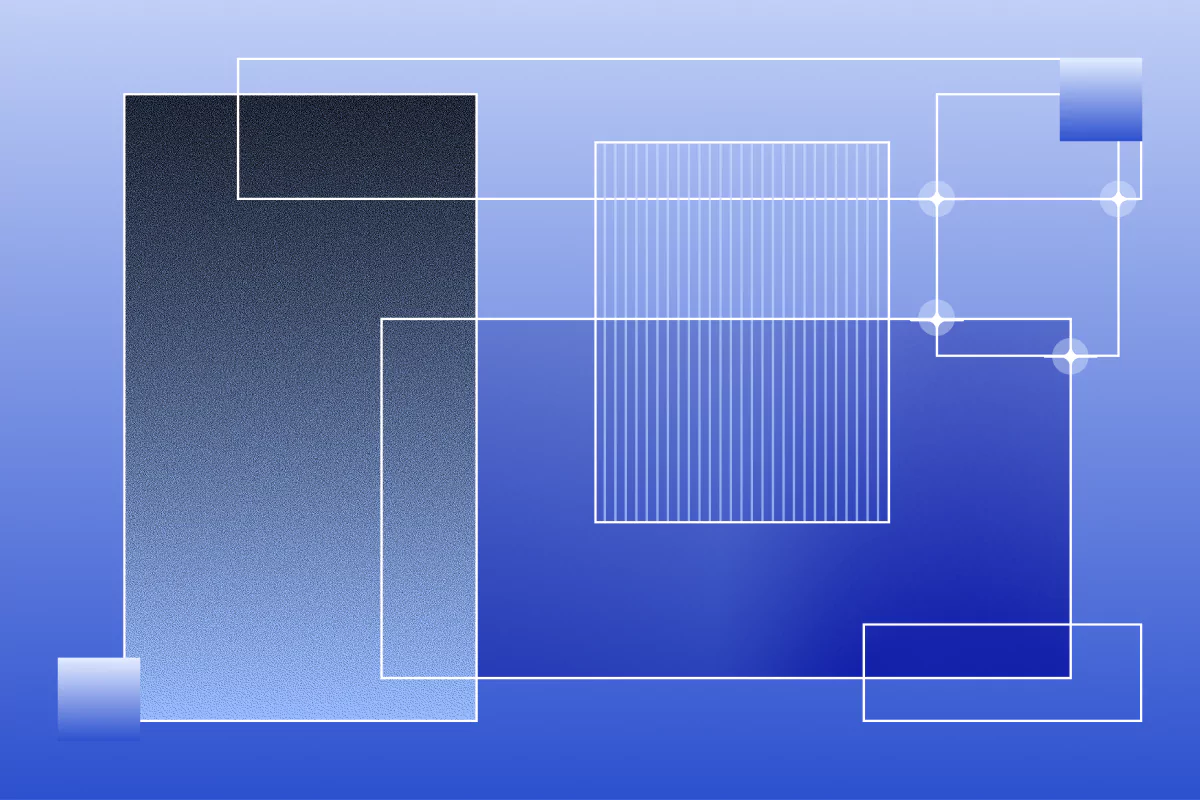

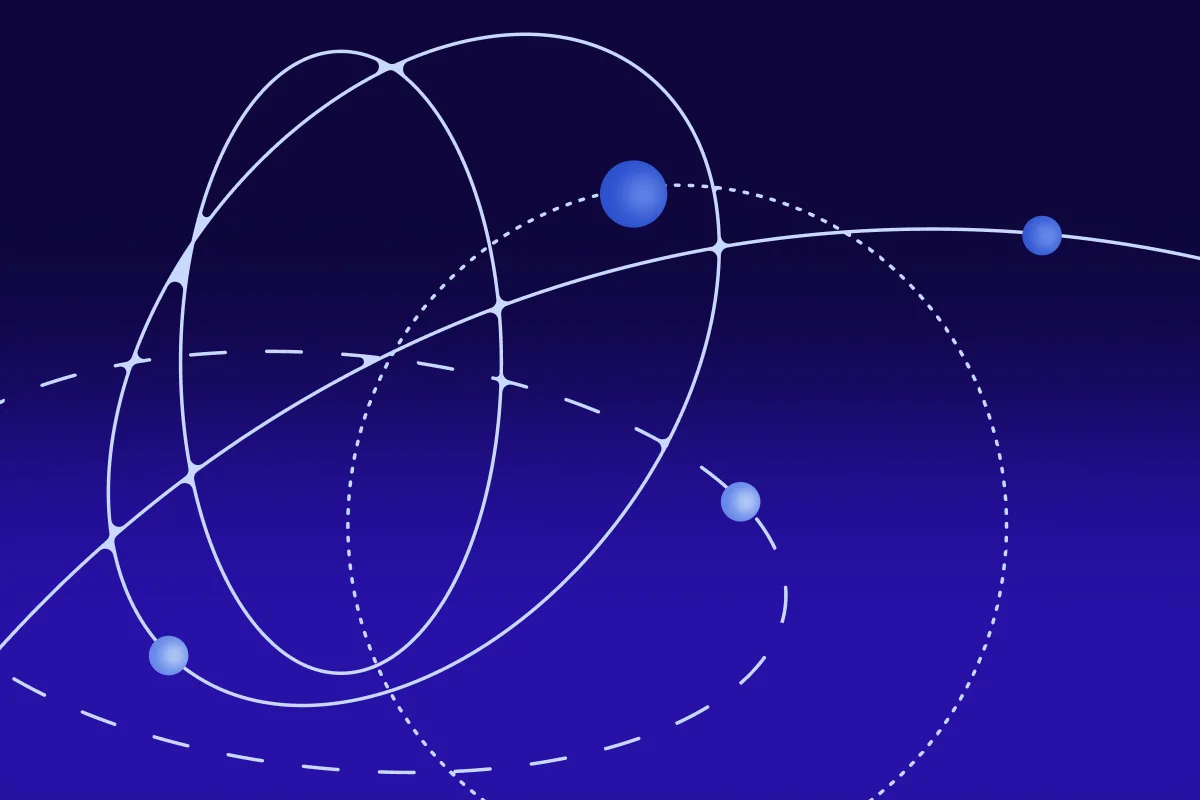



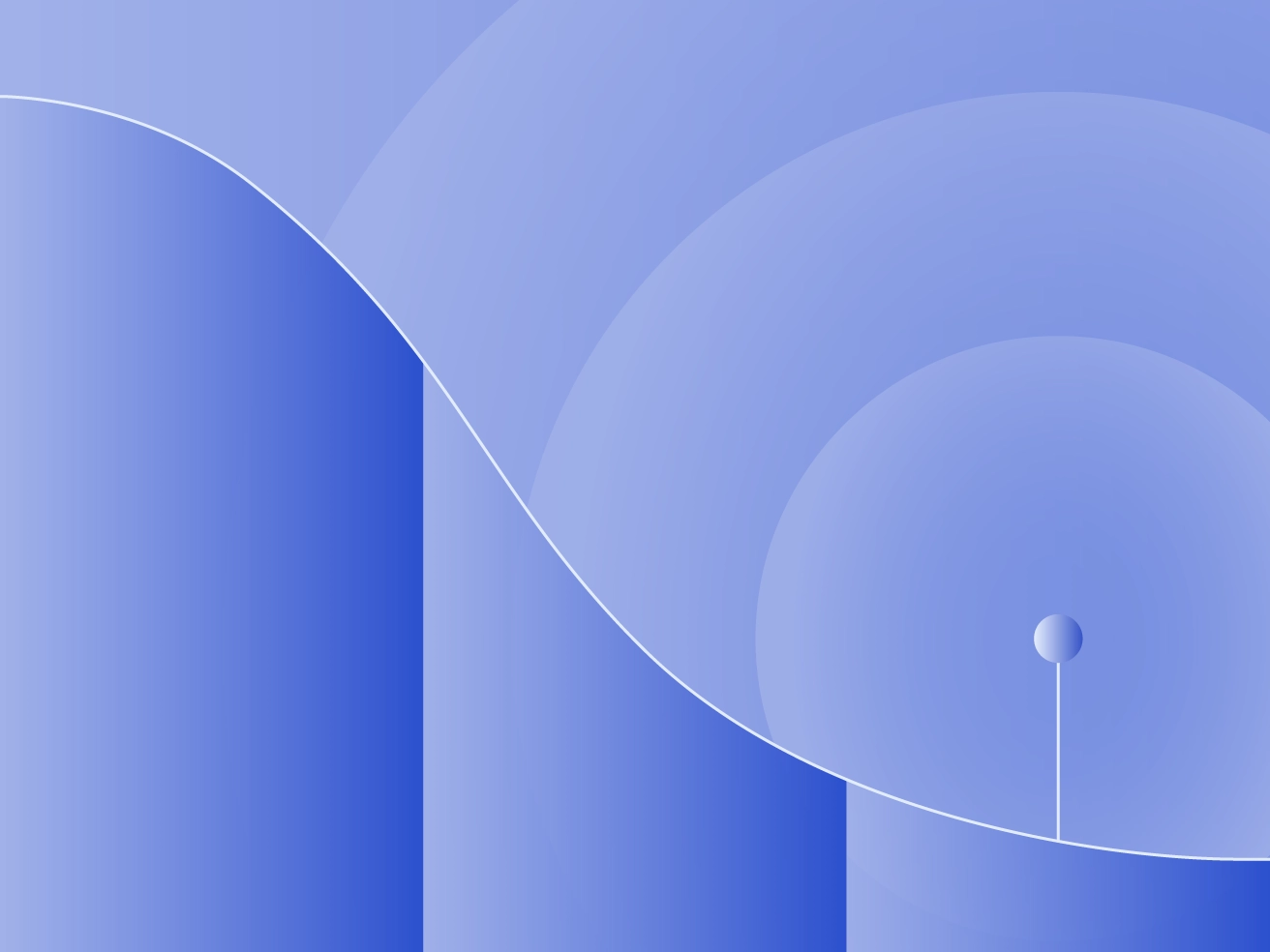




.avif)









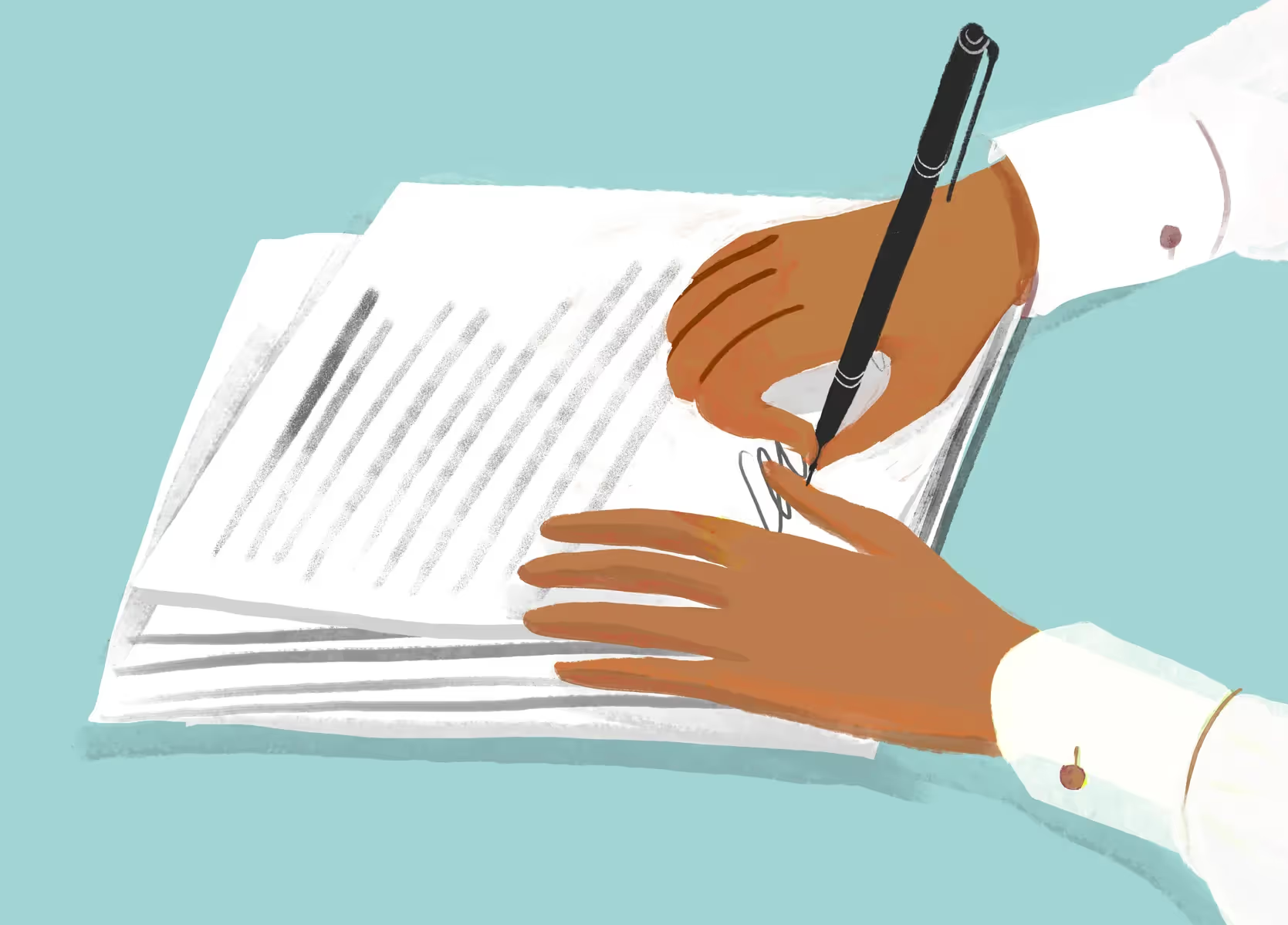


.avif)










.webp)




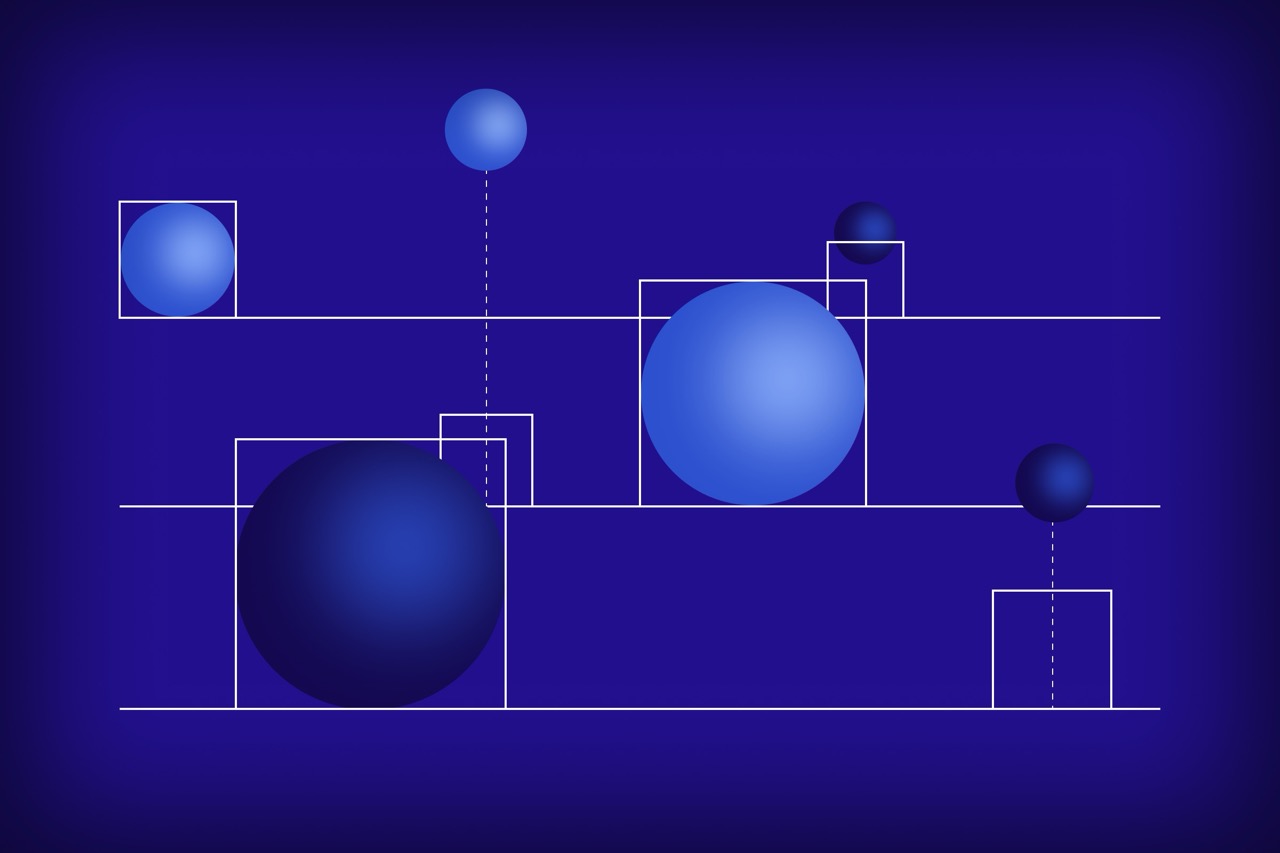
.avif)












.avif)
